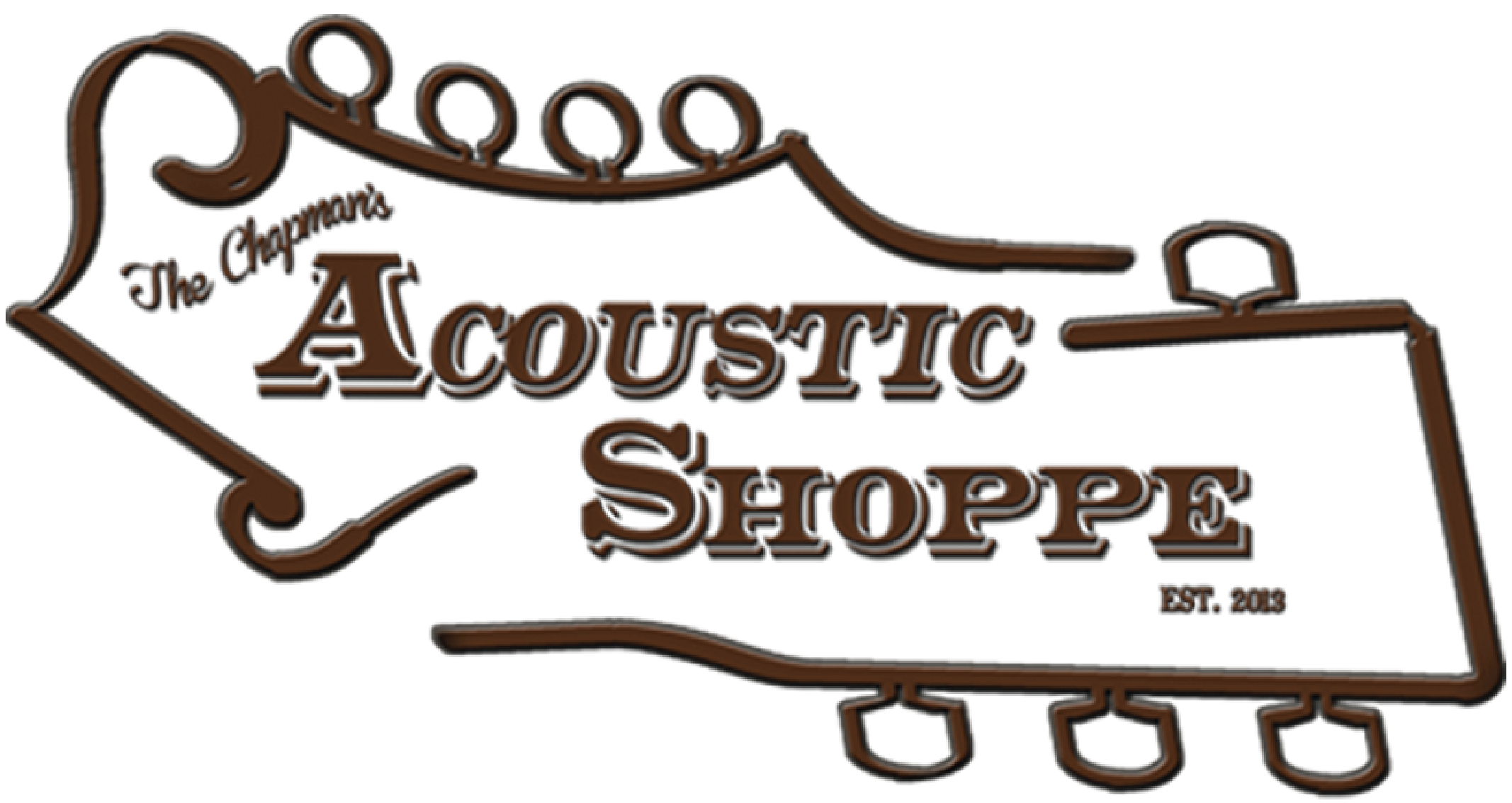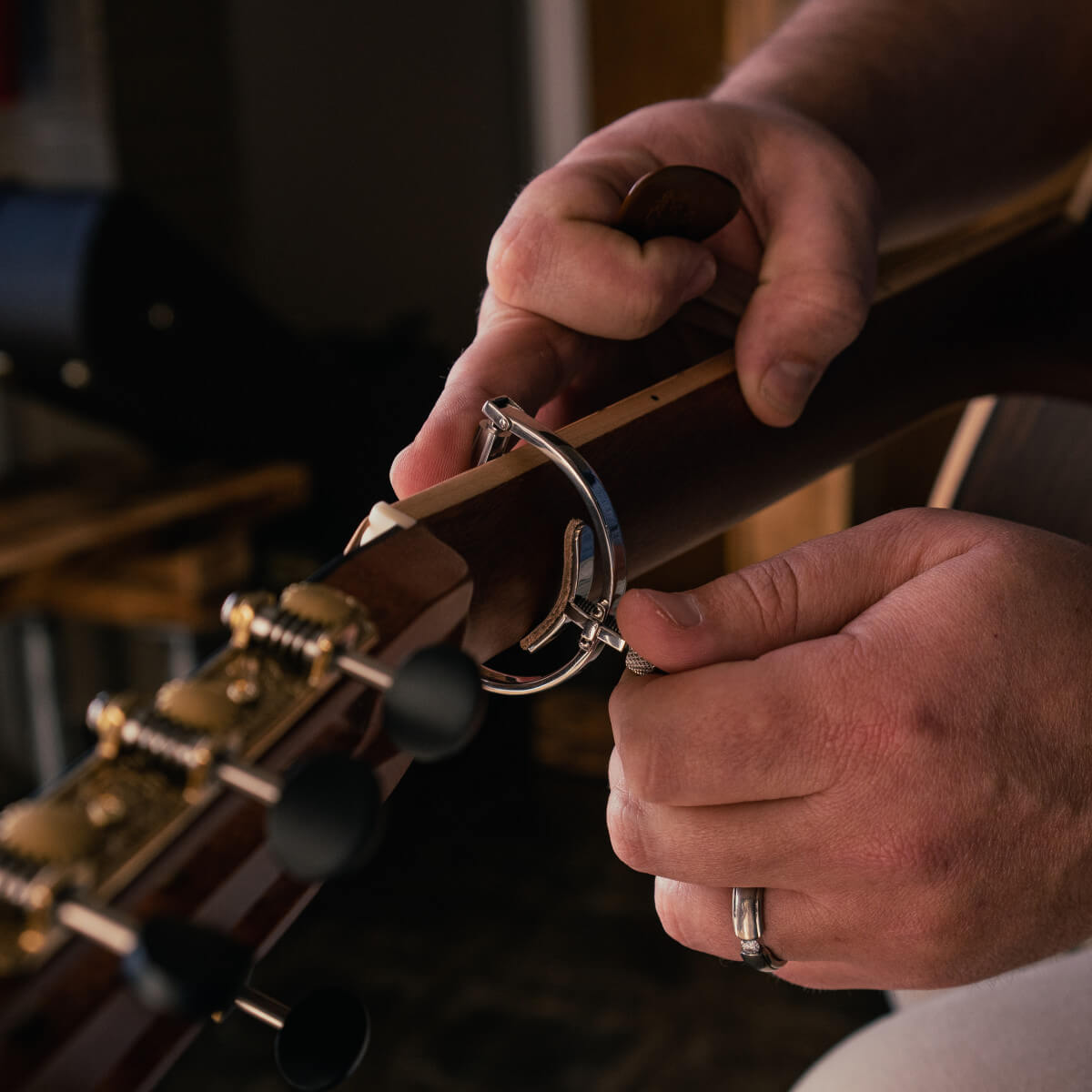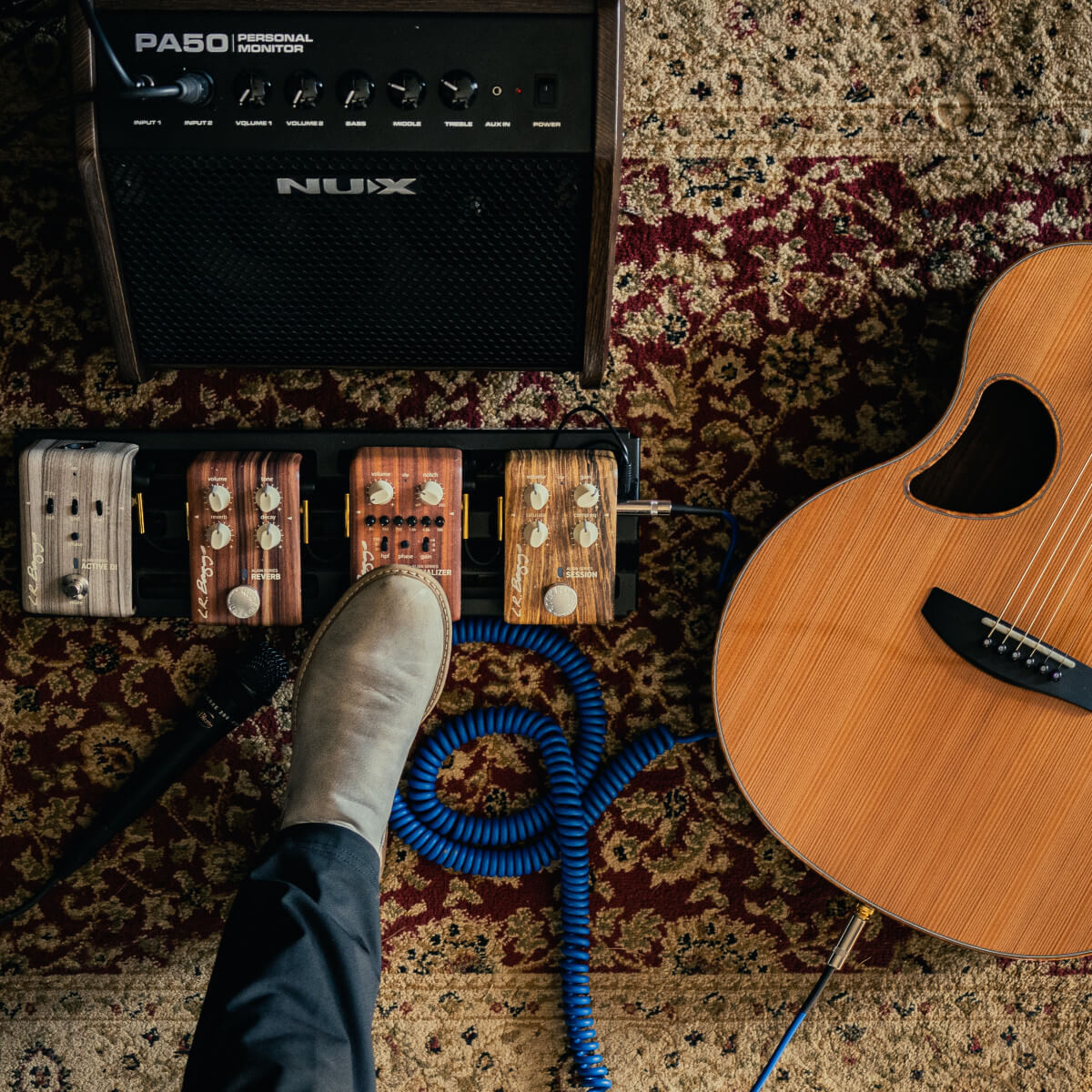Best Beginner Guitar: Find the Guitar for Every Skill Level
Choosing the best beginner guitar can be overwhelming, with so many body shapes, materials, and price points to consider. The right guitar makes learning easier, helps you develop good playing habits, and keeps you motivated. Whether you're just starting or advancing toward an intermediate or expert level, finding the perfect start to your musical journey.
Specifications and Unique Features
For beginner guitarists, comfort should be a top priority. Many new players will spend hours sitting while learning, so the body shape and size are crucial. A dreadnought guitar, the most common shape in the U.S., provides a full and balanced tone but may feel too bulky for some players. Smaller options, like the Orchestra Model (OM) or Parlor guitar, offer a more comfortable playing experience without sacrificing sound quality.
The Eastman PCH1-D is an excellent choice for beginners. With a solid Sitka spruce top and laminate back and sides, this guitar provides great resonance and durability at an affordable price. The hand-fit neck enhances playability, making it easier to press down on frets and transition between chords. At just $349, this model offers fantastic value without sacrificing quality.
Material and Construction: Why It Matters
Another critical factor in choosing the best beginner guitar is the type of materials used in its construction. Beginner guitars often feature laminate backs and sides because they are more resistant to changes in humidity and temperature, making them ideal for first-time players who might not yet have a dedicated guitar maintenance routine. However, the top wood significantly impacts sound quality. A solid wood top, like the one found on the Eastman PCH, allows for greater resonance and depth of tone.
Sound Quality and Playability
The difference between beginner, intermediate, and expert guitars becomes most evident in their sound and feel. A beginner guitar like the Eastman PCH offers a balanced tone with enough resonance for new players to develop their ear. It responds well to light strumming and fingerpicking, allowing beginners to explore different styles of playing without difficulty.
The Eastman E10D steps up the tonal quality, delivering greater projection, clarity, and responsiveness—perfect for strumming and fingerpicking alike. More seasoned players will appreciate the added tonal complexity that comes from the all-solid wood construction.
For professional players, handcrafted instruments deliver the highest level of sound quality, playability, and craftsmanship. The Breedlove Oregon Series stands out with its hand-selected tonewoods and custom finishes. Built by expert luthiers, these guitars provide a superior playing experience, exceptional tonal balance, and premium aesthetics. Professional-level guitars often include built-in electronics for live performance, but if they don't, installing a pickup is always an option.
Choosing Between Acoustic and Acoustic-Electric
Another important factor when choosing the best beginner guitar is whether you need an acoustic-only model or an acoustic-electric guitar. Acoustic guitars are great for home practice and small gatherings, while acoustic-electric guitars include built-in pickups, making them suitable for live performances and recordings. Many intermediate and professional players prefer acoustic-electric models for added versatility.
If you're a beginner unsure whether you'll need amplification, consider starting with a standard acoustic and upgrading later. However, if you plan on performing or recording, an acoustic-electric guitar might be worth the investment early on.
Maintaining Your Guitar for Longevity
Regardless of whether you purchase a beginner, intermediate, or expert-level guitar, proper maintenance is essential. Guitars are sensitive to temperature and humidity changes, so using a humidifier in dry climates can prevent cracking or warping. Regularly changing strings, cleaning the fretboard, and keeping your instrument in a padded case will extend its lifespan and ensure consistent sound quality.
Intermediate and expert players should also consider having their guitars professionally set up. A setup includes adjusting the action, intonation, and neck relief to ensure the instrument is as playable as possible. This small investment can make a significant difference in how the guitar feels and sounds.
Conclusion
Selecting the best beginner guitar is essential for both comfort and progress. A well-crafted beginner guitar makes learning enjoyable and helps players develop confidence. Intermediate players should look for all-solid wood construction to improve tone and response, while professionals will benefit from a finely handcrafted instrument designed for performance and recording. No matter where you are in your musical journey, the right guitar will enhance your playing experience and inspire growth.
By considering comfort, materials, sound quality, and playability, you can find the best beginner guitar to match your needs. Whether you start with an affordable yet quality model like the Eastman PCH, upgrade to the all-solid wood Eastman E10D, or invest in a pro-level Breedlove Oregon, the right guitar will support your musical journey every step of the way.








